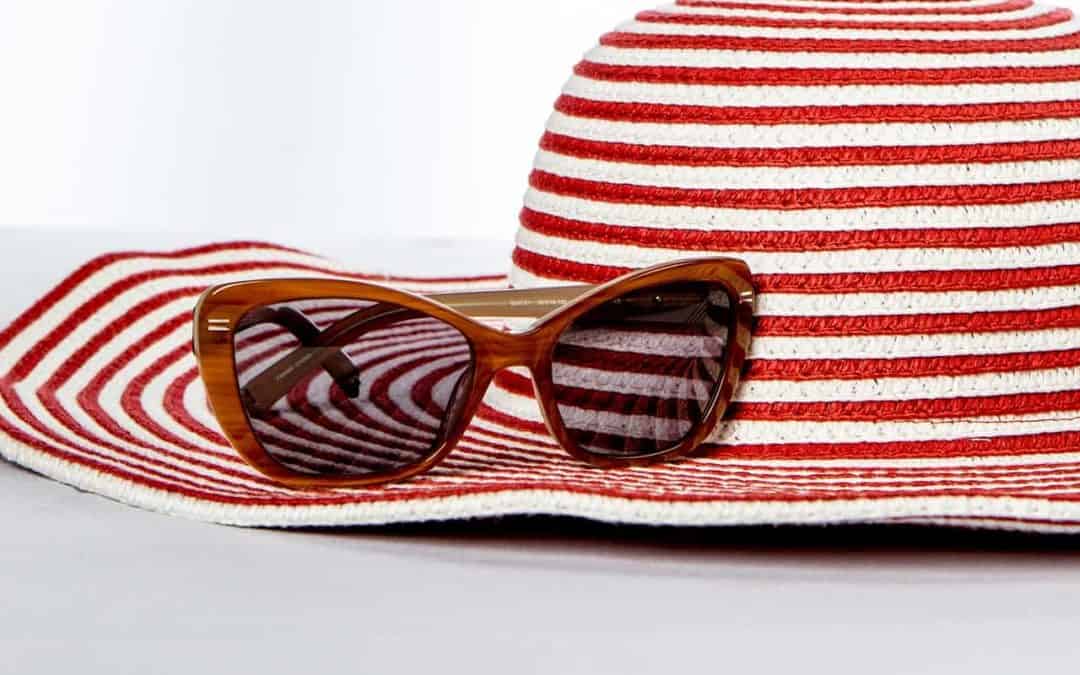Most of us know that sunlight, while great for a nice day outside, contains UV radiation that can damage your skin. UVA rays cause skin aging (UVA = Aging) and UVB rays cause sunburn and skin cancer (UVB = Burning); and both are bad for your skin. Here’s how to protect yourself from sun damage.
sunscreen is key
Sunscreen is the most important defense. Sun damage is the primary cause of premature skin aging, and you don’t see the full extent of damage until years later, so it’s important to act now to prevent it. Using a broad spectrum sunscreen, meaning it protects you from both UVA and UVB rays, is key.
types of sunscreen
There are two types of sunscreen: physical and chemical. Physical sunscreen acts as a physical blocker that reflects UV rays away from your skin. The active ingredients include zinc oxide and titanium dioxide, and they often leave a white residue. They’re good for sensitive skin.
Chemical sunscreens absorb UV rays so they don’t penetrate through to your skin. These include ingredients like avobenzone, oxybenzone, or octocrylene, and they’re less likely to leave a white residue behind.
apply sunscreen properly
Just using sunscreen isn’t enough though — you have to apply it properly. This means a minimum SPF of 15, and even 30 if spending extended time outside. Apply liberally, 15 to 30 minutes before going outside, and at least 1 ounce for your whole body (about a shot glass size). Use a water-resistant one, and reapply every couple hours if you’re swimming or sweating a lot. And don’t forget often-missed spots like your lips (you can use an SPF lip balm), ears, back of the neck, and tops of feet.
stay out of direct rays
Avoid the sun’s prime time between 10 am to 4 pm, when its rays are most direct and powerful. Sit in the shade or under an umbrella.
sun protective clothing
Sunglasses and hats protect your eyes and scalp. Clothes that have a tighter weave are better at blocking sun. There’s even sun protective clothing with UPF (ultraviolet protection factor) that’s rated to offer UV protection. Have fun in the sun, but be safe too!
Sources: Skin Cancer Foundation, American Academy of Dermatology













